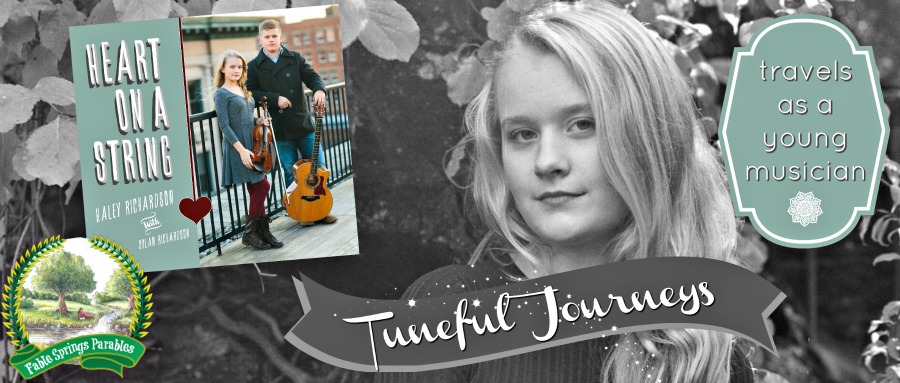Welcome to part two of the interview series with Liz Carroll. We'll talk about Liz's tune compositions, how she comes up with her masterful melodies, and a few more tune-related topics.
If you haven't already read Part One, here's the link! http://tunefuljourneys.blogspot.com/2015/12/interview-with-liz-carroll-part-one.html
If you haven't already read Part One, here's the link! http://tunefuljourneys.blogspot.com/2015/12/interview-with-liz-carroll-part-one.html
This past Summer, Liz and I sat down to chat in an interview format. What follows is the first of three interview transcripts of our conversation adapted for print posting.
What is your tune writing process like?
Sometimes tunes come all at once. Other times, it may be only half a part-- like an A or a B part. Then I’ll beat myself up about it for a year, trying to complete it. Sometimes I just say, “I wonder what I can make up today.” Then, I sit down with the accordion or the whistle or the fiddle and usually the piano and work it out. Sometimes I have to write for a job, and I force myself to sit down and write. I might have a thought in my head and write it down. It’s nice when somebody asks me to write something because then I focus on that and it puts a little push behind me to think of something. It is really nice when I just have a little thought of a few notes. One of my favorite moments writing was a few years ago when I did a little phrase, then a few years later thought of something to go with it. It’s really worth saving everything. Sometimes the answer is on the page in front of you, or just a few pages back.
What are your top 5 favorite tunes that you’ve written?
I never think of it as having favorites. Usually my most recent tune is my favorite. I like Lost in the Loop. My husband came home from work and I said, “I have a tune!” So, I recorded both the piano and fiddle, over-dubbed the two, and presented it to my husband. He said, “I think that’s the best tune you ever wrote.” I liked that response, and think it influenced how i feel about that particular tune. It crosses boundaries so old time musicians like it. Other people like it, too, not just Irish musicians. The Road to Recovery is a favorite. That’s Right, Too and The Leading Role, also. I was channeling Johnny McGreevy for those tunes so it puts me in this nice space of remembering Johnny.
I really like the slow pieces and I didn’t used to do those. I was always writing dance tunes. I was influenced by Johnny and Phil Cunningham who did some beautiful things with Silly Wizard. I was thinking Irish music, the slow stuff would be airs so there’s no real timing. I listened to Scottish players and learned that you can write nice melodies with timing. I liked doing Isle in the Woods and The Air Tune. In almost all of them, there’s a space to slow down. In some of the fast tunes, the notes go by so fast you don’t know they were nice notes and wonder if anyone gets it. The fast tunes can be a little convoluted with twists and turns so if the accompanist doesn’t know the tune it can die in a session. I love the twisty-turny ones that go fast but other musicians don’t get it if they don’t know it. With the slow pieces, people get it.
Top 5 favorite tunes to play at the moment?
I liked learning all the Altan stuff off their new album. I had a gas doing that--all of that stuff was really good. The East Pointers are great, and I’m starting to learn all their tunes from their first album. I was learning a couple of tunes from that album the other day. I’m open to almost anything, whatever’s latest. I think it might be a sickness. We want the newest thing. We want to know everything.
Do you have other favorite genres besides Irish?
I do. I enjoy Cape Breton and French Canadian. With Cape Breton, I can listen to a lot of it, but then when I go back to something Irish I sigh . . . it’s my comfort zone. I have a friend who is a Cape Breton piano player who does the same thing the opposite way. There is real happiness with the Irish music. I can listen to a lot of French Canadian, and like the whole fantastic 40’s-50’s Stephane Grappelli jazz swing. There are so many great players like Stuff Smith and Joe Venuto. It is great, but when I put my fingers to play in their genre, I get nowhere. I’m jealous of Jeremy Kittel, who can do it all. I listen to rock records and whatever is coming out on the radio. I like that a lot. You listen to a new song with either a great beat or you can sing to it, and become inspired to write a tune. It might be a nice chord you hear that starts you singing a tune. I really like the Texas Swing guys such as Benny Thomasson. He had a smooth style. Mark O’Connor learned a lot listening to him.
Do you sing tunes?
Sometimes I tell the class to put the fiddles down to sing. Sometimes they seem to get it better once they get it with their voice. I do it myself when I am in the car. When I come up with a phrase for a new tune, I get my phone and record myself singing it when the fiddle isn’t handy. When I get an idea of a phrase, I try to think out of the box of Irish music and write any tune I want.




















